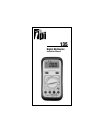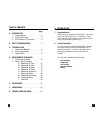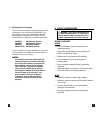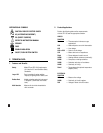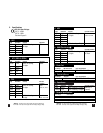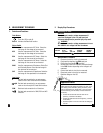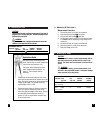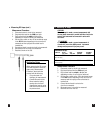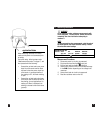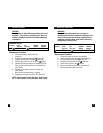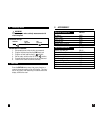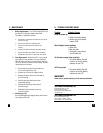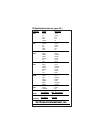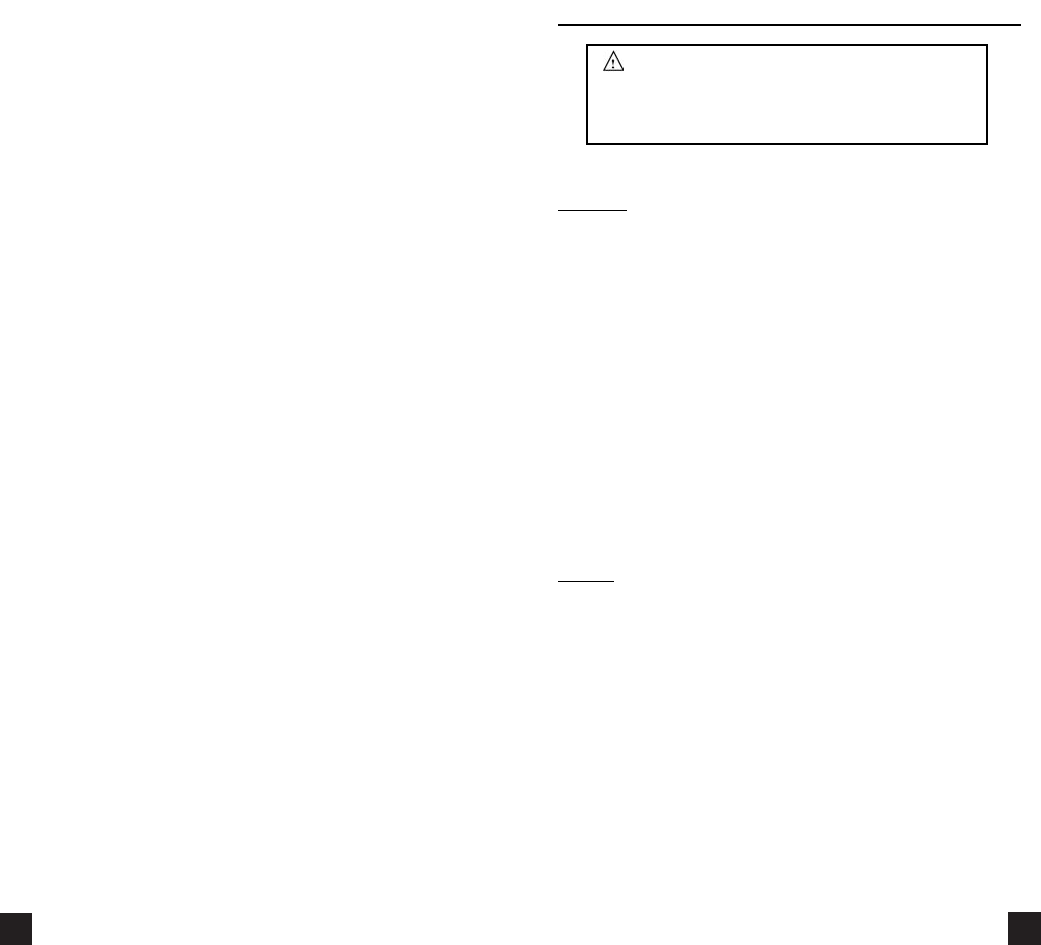
54
B. SAFETY CONSIDERATIONS
WARNING: Please follow manufacturers test
procedures whenever possible. Do not attempt to
measure unknown voltages or components until a
complete understanding of the circuit is obtained.
GENERAL GUIDELINES
AL
WAYS
• Test the 135 before using it to make sure it is
operating properly.
• Inspect the test leads before using to make sure
there are no breaks or shorts.
• Double check all connections before testing.
• Have someone check on you periodically if
working alone.
• Have a complete understanding of circuit being
measured.
• Disconnect power to circuit, then connect test leads
to the 135, then to circuit being measured.
NEVER
• Attempt to measure unknown high voltages.
• Attempt to measure current with the meter in parallel
to the circuit.
• Connect the test leads to a live circuit before
setting up the instrument.
• Touch any exposed metal part of the test lead
assembly.
3. EC Declaration of Conformity
This is to certify that model 135 conforms to the protection
requirements of the council directive 89/336/EEC, in the
approximation of laws of the member states relating to
Electromagnetic compatibility and 73/23/EEC, The Low
Voltage Directive by application of the following standards:
EN 50081-1 1992 Emissions Standard
EN 50082-1 1992 Immunity Standard
EN61010-1 1993 Safety Standard
EN61010-2-031 1995 Safety Standard
To ensure conformity with these standards, this instrument
must be operated in accordance with the instructions and
specifications given in this manual.
CAUTION:
Even though this instrument complies with the
immunity standards, the accuracy can be affect-
ed by strong radio emissions not covered in the
above standards. Sources such as hand held
radio transceivers, radio and TV transmitters,
vehicle radios and cellular phones generate
electromagnetic radiation that could be induced
into the test leads of this instrument. Care
should be taken to avoid such situations or
alternatively, check to make sure that the
instrument is not being influenced by these
emissions.



